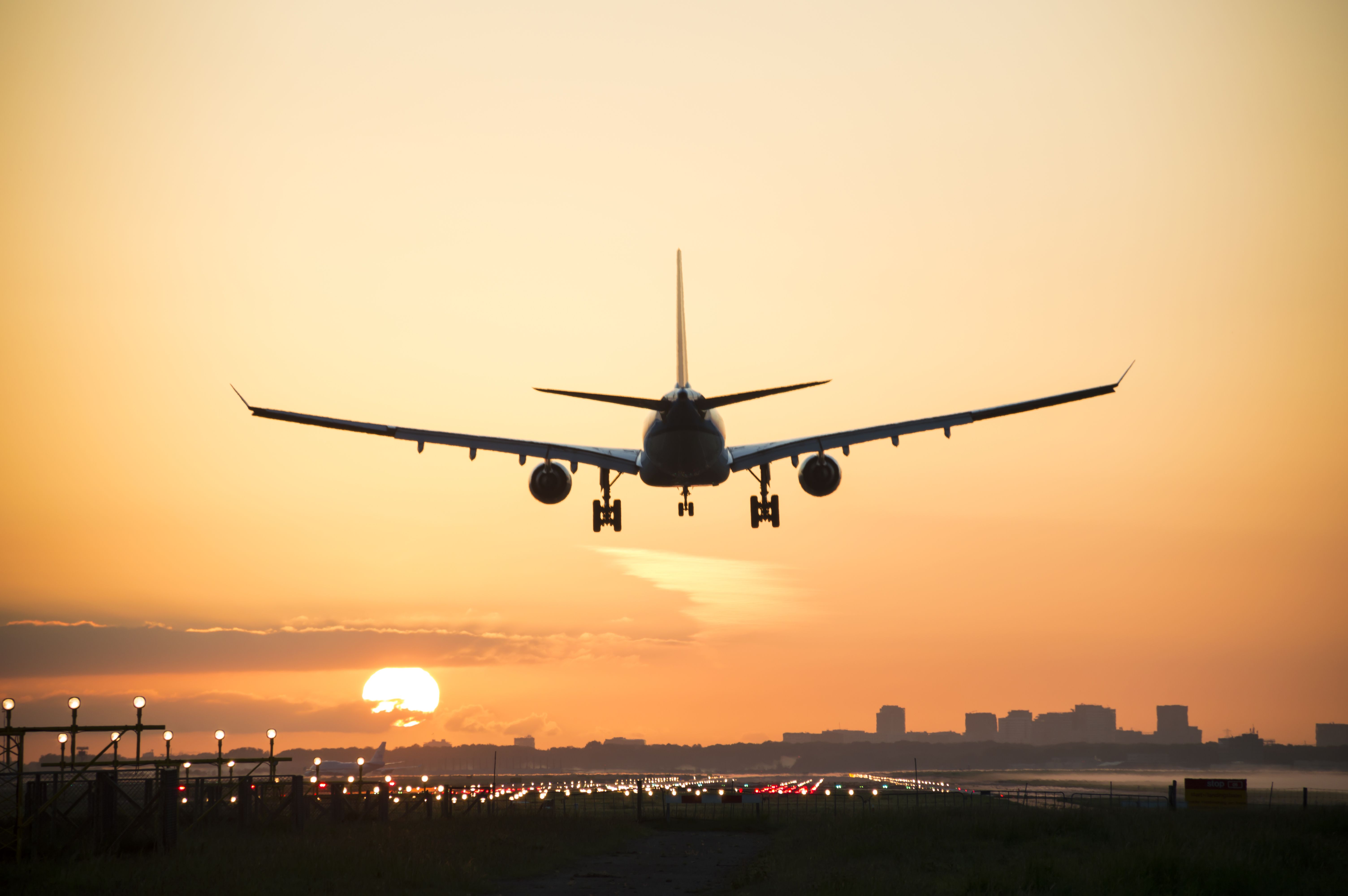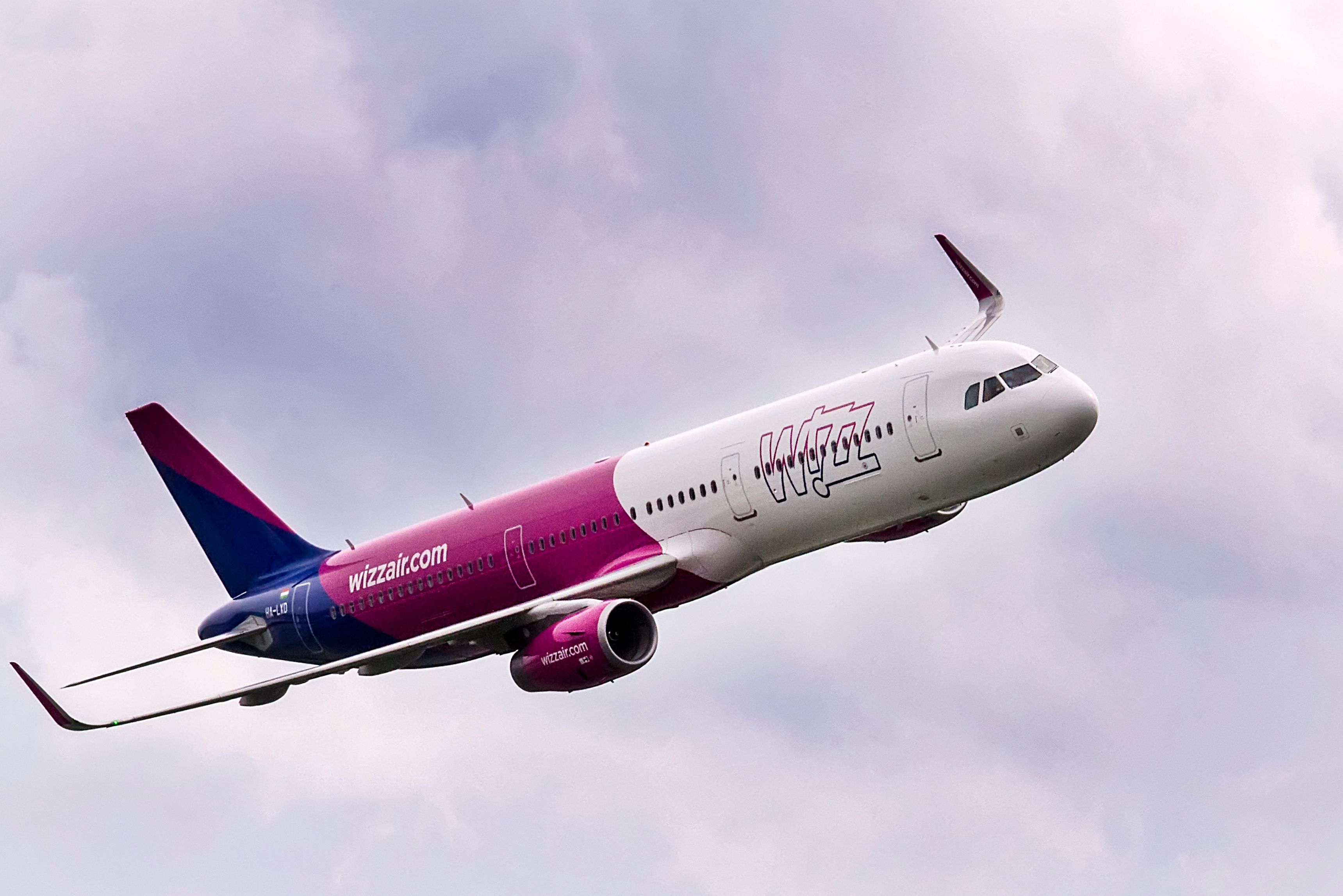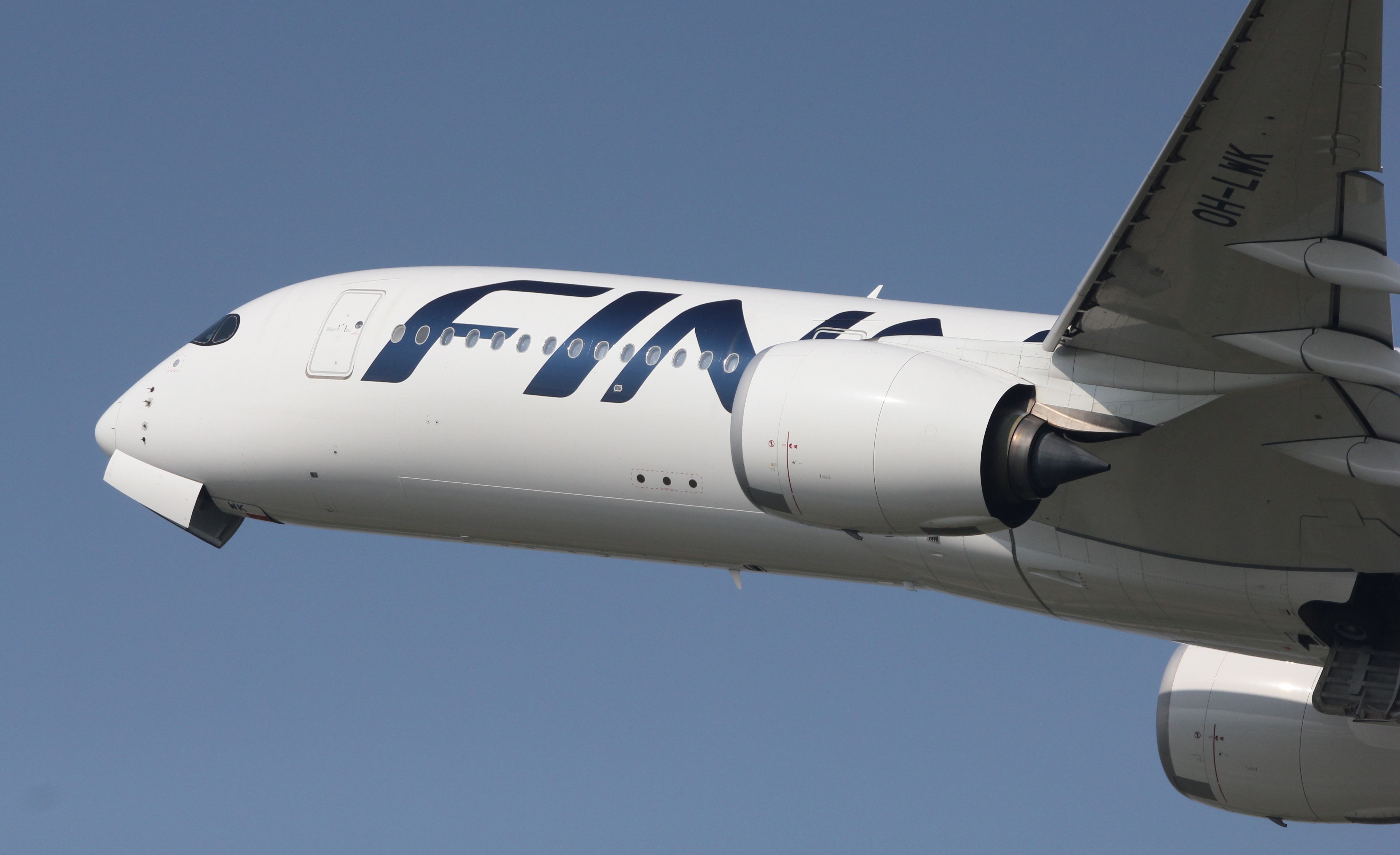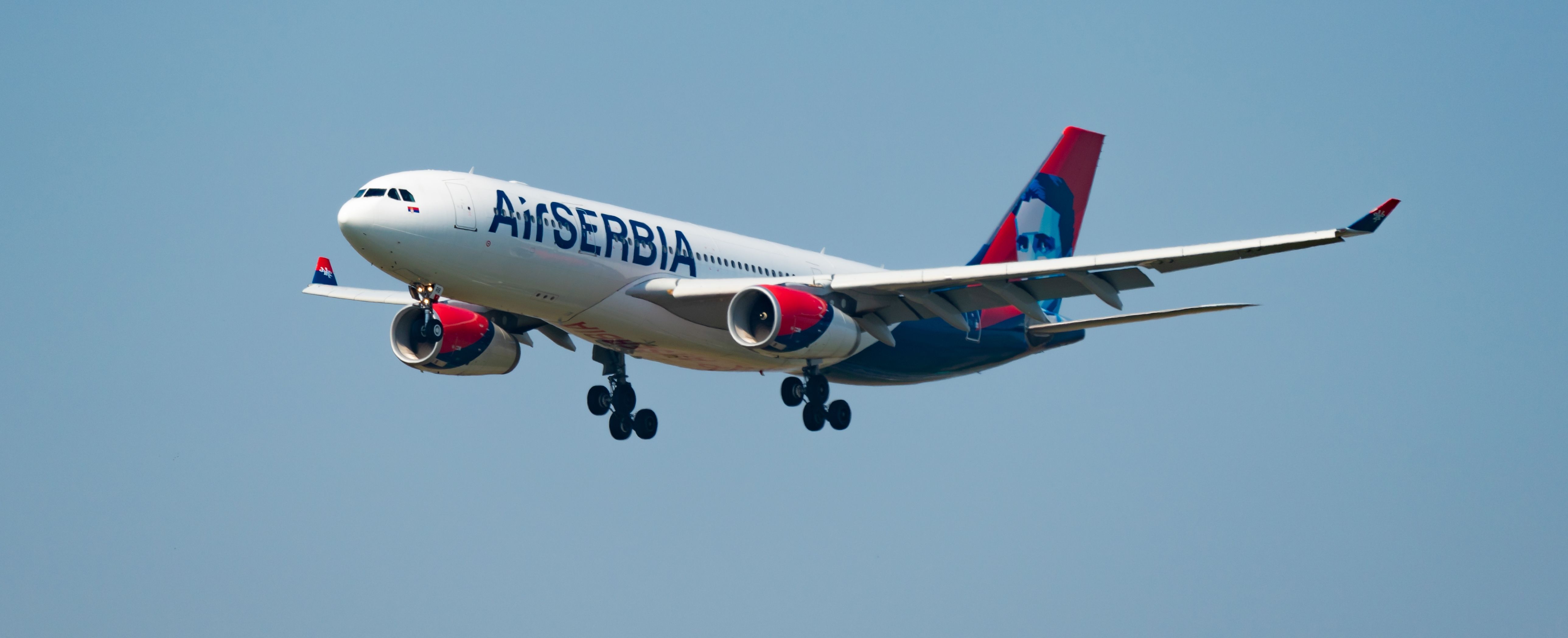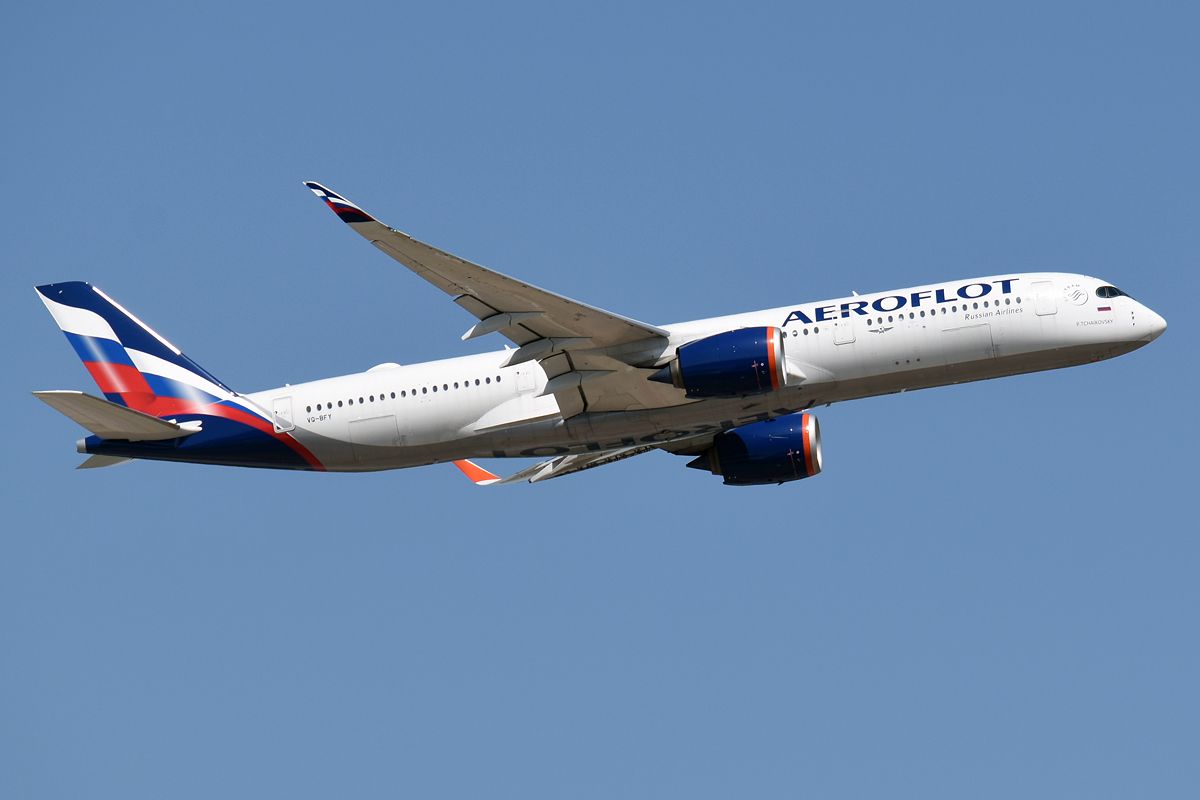Characterizations of Eastern Europe vary depending on context: the area is defined differently in cultural, political, historical, and geographical contexts. For the purposes of this article, it will include the area stretching from Western Russia in the North to Albania in the South and from the Czech Republic and Slovenia in the West to Armenia in the East.
Countless news stories in 2022 were important for local and national markets in this region. Three of the most significant ones are Czech Airlines exiting restructuring against all expectations and moving closer to its 100th birthday, Croatia Airlines’ decision to replace its entire fleet with the Airbus A220 model, and LOT Polish Airlines losing its case to be declared a victim of crime in its dispute against Boeing.
But, unsurprisingly, the most significant story in the region was Russia’s invasion of Ukraine and the consequences that this had for the airline industry. There were both winners and losers.
Ukraine
Not surprisingly, Ukrainian aviation suffered the most. Ukraine was a highly promising aviation market at the start of 2022. Back in October 2021, the European Union and Ukraine signed a Common Aviation Area Agreement. Immediately, airlines responded. Wizz Air alone announced the launch of 26 brand-new routes in the country from Kyiv, Lviv, Odesa, and Kharkiv.
New routes that were due to launch between March 2022 and August 2022 were to the destinations of Pardubice, Thessaloniki, Athens, London Luton, Chania, Treviso, Nice, Brussels-Charleroi, Barcelona, Eindhoven, Madrid, Basel Mulhouse Freiburg, Paris Beauvais, Palma de Mallorca, Porto, Malaga, and Alicante. None of this ever materialized.
Massive lessor losses
When Russia’s invasion was met by sanctions from a whole string of countries, a whole new saga unfolded. Western lessors have lost billions of dollars in assets because they cannot repossess the aircraft that Russian airlines have leased and which they are no longer paying for. Air Lease Corporation alone is losing $18 million per quarter in rental revenue. No progress has been made on the issue, even though more than three-fifths of these aircraft are still in active service.
Finnair
Of all the airlines that took a hit due to airspace closures, Finnair has been hit the hardest. The Finnish flag carrier has had to abandon its strategy of shuttling passengers from Europe to East Asia via Helsinki. It still flies some of the routes it once used to, like Helsinki-Tokyo, but these now take hours longer and burn far more fuel.
To offset the major losses incurred because of so much surplus capacity this year now that it had canceled so many routes, Finnair has wet-leased its own aircraft to other airlines this summer. Two Airbus A321s flew for its oneworld partner, British Airways, out of Heathrow’s Terminal 3 this summer. It also wet-leased aircraft to Lufthansa to fly for Eurowings Discover.
Air Serbia
Serbia refused to impose sanctions on Russia following the start of the invasion, so Russia’s airspace remains open for the country’s flag carrier, Air Serbia. Russian airlines can fly within Serbia, but they cannot reach it because Serbia is encircled by countries, both within the EU and outside of it, who have all imposed sanctions on Russia. This left Air Serbia as the only airline on the market.
As a result, Air Serbia suddenly gained a competitive advantage. Its management reacted straight away, boosting seat capacity to Russia and raising prices because flights were selling out weeks in advance. This provoked an international backlash, so Serbia’s President personally announced in March 2022 that Air Serbia would be reducing seat capacity between Belgrade and Moscow back to the number of frequencies it had operated before.
Before this reversal, the Serbian national airline was a target of repeated bomb threats on its Moscow-bound aircraft as well as in its sales offices. All bomb threats were ultimately false, but they caused a hassle for the airline as they led to major delays and even some aircraft having to turn back to Belgrade after taking off.
The major negative backlash resulted in Air Serbia avoiding all public announcements relating to its Russian network. Most notably, the airline kept a completely low profile when it launched a new route from Belgrade to Kazan. It now has a Russian destination network of four cities: Moscow, Kazan, Sochi, and Saint Petersburg.
Passengers on Air Serbia’s routes from Russia have a rapidly-growing destinations network to choose from: the Serbian flag carrier announced multiple rounds of new route launches earlier this month. Its hub, Belgrade Airport, remains the most easily-accessible transfer hub for passengers originating their journey in Western Russia, so it is not surprising that the airline’s entire network is benefiting.
Turkish Airlines has benefited from the airspace disruption too. Turkey’s flag carrier also has a well-oiled transfer system in its hub, Istanbul Airport, and it is also accessible for passengers traveling from multiple points in Russia. The airline flies to 36 different destinations in Russia.
Emirates and Qatar Airways, among others, also benefited from the reduction in competition that Russia’s airspace closure brought. Both are presently flying to Russia.
Get the latest aviation news straight to your inbox: Sign up for our newsletters today.
Russia’s retained markets
Russian aviation is possibly the best-placed market in the world to withstand international sanctions in the form of airspace closures. Given its large geographical size, Russia’s airlines have been able to retain their massive domestic market.
At the same time, travel to countries that can be reached from Russia without overflying the closed airspace has ballooned as Russians look for alternative tourism destinations. Prices for holiday packages to Turkey and Egypt surged in March already.
Aeroflot announced in September that it would be resuming three long-haul routes to India, Sri Lanka, and Thailand. All three routes (CMB, GOI, and BKK) remain operational.
With the ongoing conflict in Ukraine, this European region is bound to be as lively for aviation in 2023 as it was in 2022.
What do you think of the biggest aviation stories of 2022 from Eastern and South-Eastern Europe? Let us know what you think of this story in the comments below.

